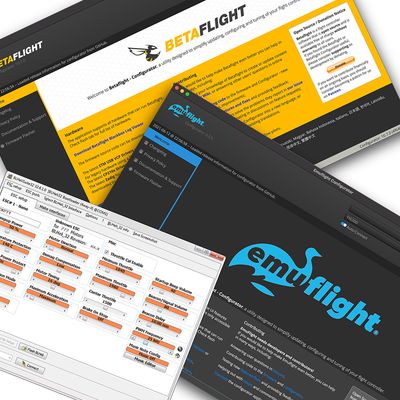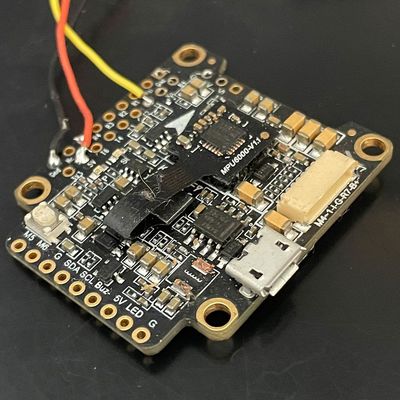
I recently delved into the software side of FPV drones, and it's surprisingly straightforward compared to the hardware. The flight controllers run firmware like Betaflight, which is the industry standard. It offers features like RPM filtering for smoother flights and allows customization of various peripherals. Betaflight has evolved from earlier versions like MultiWii and Baseflight, with forks like iNav and Emuflight catering to specific needs.
Configuring the software involves setting up protocols like DSHOT for communication between the flight controller and ESC. Additionally, the radio's firmware, often OpenTX, plays a crucial role. OpenTX is powerful but complex, allowing extensive customization of controls and functions. Understanding these software components is key to optimizing the performance and feel of your FPV drone.
Read Article...